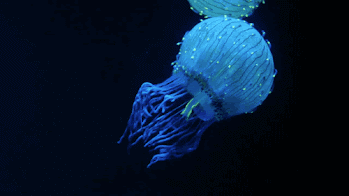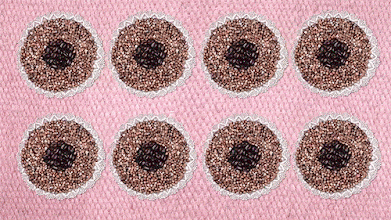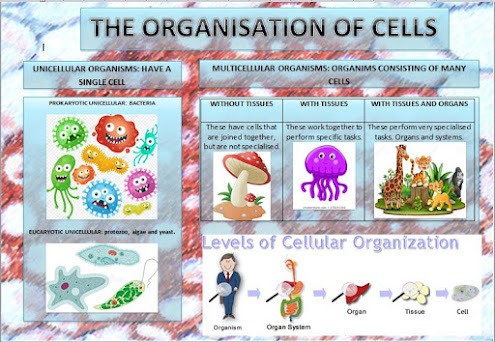How are cells organised?
The complexity of a living organism depends on the number of cells that it has and how the cells are organised.
A living organism is less developed if it has few cells and the cells carry out all the vital functions.
A living organism is more developed if it contains many cells and the cells have specific tasks.
What are the different types of cells?
Unicellular living organisms are made up of one cell.
The cell carries out the vital functions. Some unicellular living organisms live in groups called colonies, but they are not organised in any way. Each cell is independent of the other cells.
Some examples are:
• Prokaryotic unicellular living organisms, like bacteria.
• Eukaryotic unicellular living organisms, like protozoa, microscopic algae and yeast.
 |
| Yeast |
What are multicellular living organisms?
There are three different types of multicellular living organisms.
• Multicellular living organisms without tissues: These have cells that are joined together, but are not specialised. Some examples are: some algae (Protista kingdom), sponges (Animalia kingdom), and mould and mushrooms (Fungi kingdom).
 |
| Mould |
 |
| Mushrooms |
• Multicellular living organisms with tissues: These work together to perform specific tasks. Mosses (Plantae kingdom) have tissues to perform photosynthesis. Cnidarians (Animalia kingdom) have muscular tissues and reproductive tissues.
 |
| Cnidarian |
• Multicellular living organisms with tissues and organs: These perform very specialised tasks. In most plants, the organs are the roots, the stem, the leaves and the flowers. In most animals, the organs are part of the digestive, respiratory, nervous and musculoskeletal systems.


















No hay comentarios:
Publicar un comentario
Nota: solo los miembros de este blog pueden publicar comentarios.